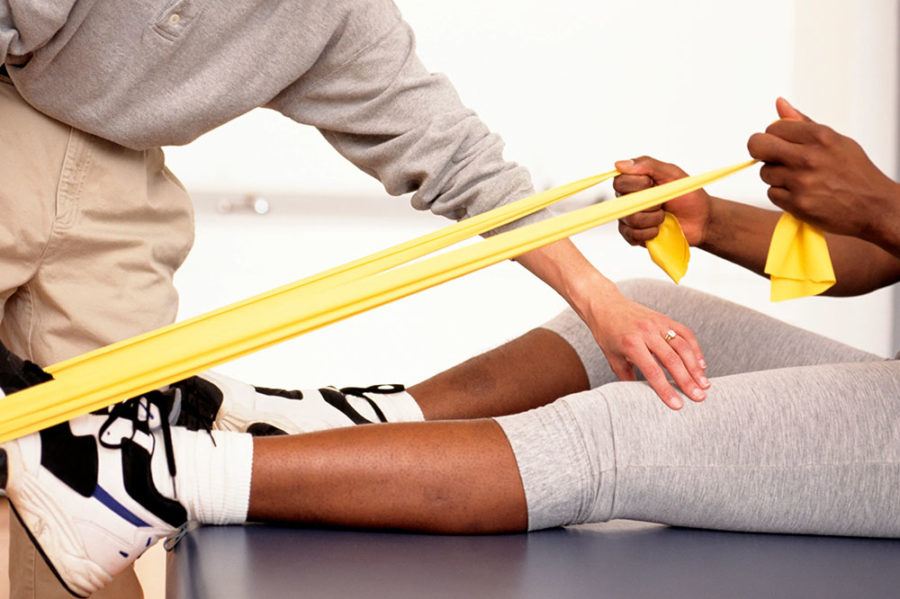I had a wonderful opportunity to interview Sunny Kumar Pandya, DPT, about his career and practice. He is an expert in the field of physical therapy, especially about Dynamic Neuromuscular Stabilization (DNS). He is currently an owner of Physis Physical Therapy in New York, NY. This interview was taken place on February 17, 2021.
Robyn: What is your healthcare license and education?
Sunny: “I received a bachelor’s degree in Physical therapy in India and I came to the US to continue my education. I received Master and Doctorate degrees in Physical Therapy at Long Island University. I am licensed in physical therapy both in New York and New Jersey.”
Robyn: How long have you been involved in your specialty?
Sunny: “I have been practicing for eleven years.”
Robyn: What led you to it?
Sunny: “I always have been interested in sports and wanted to go into something related to that, as a child. When I had to choose a major, I had two choices. One was dentistry and the other one was physical therapy. Since I really loved sports, I chose physical therapy to work with the athletes.”
Robyn: How is your practice different from the mainstream of your field?
Sunny:” I use more functional approaches. I address the whole body. For example, if someone comes with shoulder pain, I like to see how the shoulder is functioning related to other parts such as the hip and neck. The reason is that when you engage in activities, you used whole body. The local affected areas need to be addressed of course. But when you treat the injured areas as well as other body parts, the result is more long-lasting, and the treatment is more effective. I practice Dynamic Neuromuscular Stabilization and other techniques such as Hesch method, which is originated from Germany. When I see my patients, I think about what they need and apply those methods that will be most beneficial to them.”
Robyn: Did you work with other forms of pain management before arriving at your specialty?
Sunny: “Right after I graduated, at my first job as a PT, I worked like a technician. I was using mostly heat therapy and ultra-sound machine. I liked to keep myself up to date and did not see myself growing in that kind of environment. So, within five months, I changed my job. At the new clinic I was lucky to be exposed to a lot more manual therapy technique. I stayed there a longer time. I tried everything after that, such as in-patient care, homecare, and skilled nursing care. I then realized my interests was really in orthopedic and sports injury”.
Robyn: What is it about your approach that you feel is especially effective?
Sunny: “DNS is based on the developmental kinesiology. First thing is always establishing the right way of breathing. If the breathing is not right, there is no way you can perform the right movement. The second is the core strength. It is not about doing crunches. It is more about building stability in the core. And the third is using that support of the core, to enhance the function of muscles and joints. When we are a child, we go through developmental stages, until we finally start walking, which takes about twelve to fourteen months. In various stages, we use different body parts to support the movement. DNS is about using that support to activate your joint function and it is called joint centration. Then finally you can actively change the movement.”
Robyn: How do you explain your approach to patients? What expectations do you set up with them at the outset of treatment?
Sunny: “I have a lot of chronic pain patients. When they arrive at my clinic, they’ve already had been to two or three other places and nothing changed. To them, when I try to do something different, they are surprised and curious. They ask, “what it is? I never did this before?”. Then, I explain to them what I do. But I prefer to let them feel the differences themselves. I had a new client yesterday, who came in with lots of chronic conditions, such as fibromyalgia, disc herniations, carpel tunnel syndrome, plantar fasciitis, and many more. You name it. She has it. But it is not just about diagnosis. The truth is that unless you correct the functional movement, the problems will not go away. She did the physical therapy somewhere else for eight months and it was helping only temporarily. First session. I did a simple mobilization of her foot because her foot was cramping. I mean, there was no movement! When I asked her if anyone did that before, she said it was never done. If you mobilize the joint, you can move better, you can walk better, and you also feel better! As the treatment progresses, I make my patients understand better, because they can feel it. They feel they have a better support and contact with the ground. In terms of setting expectation with the patient, it depends on the case. It depends on, if it is an acute or a chronic case. If a patient has an acute disc herniation that sends radiating pain down the extremities, I see the patients twice or three times a week at least. If the major complaint is addressed, and pain is better, then, I give patients options. Pain gets better usually within two to three weeks with or without meds. But, for them to avoid the recurring injury, eight to twelve weeks of treatments will be needed. I make that really clear with my patients. Once they feel that they can become pain free through the treatments, then it is easy to convince them. And, once they get better, many patients come in just for maintenance.”
Robyn: What conditions respond particularly well to your approach? Are there any that are particularly difficult to treat, and if so, why?
Sunny: “The cervical and lumbar radiculopathy conditions are that I ‘ve had remarkable success with. Also, I feel confident with dealing with any shoulder, knee, and hip issues. It is straight forward. However, ankle injuries need a long-term rehab for sure. An ankle has multiple joints, muscles, and tendons. It is also a major weight bearing joint. For an elbow, for example, you can rest it and you can manage not using it so much. So, it can get better soon. But, walking and standing, it is not easy to avoid. Sometimes ankle injuries take six to eight months to recover. A lot of athletes are out for a long time when they have an ankle injury.”
Robyn: Do you combine your approach with any other modalities? Why or why not? Have you found certain modalities to be highly effective with pain management?
Sunny: “Other than many manual and functional approaches, I also use techniques like Grastin and taping. It all can be beneficial. I am not a huge fan of TENS machine though. In the acute stages, taping helps a lot because it supports the joints, prevents the movement, and activates the right muscles. Shock wave therapy is also incredibly good for tendinitis. It uses the ultrasound wave in different frequency and intensity. It creates micro damaging to the area of injury. Then the body tries to heal that area faster. The injured area needs more blood flow. You create the condition with the shock wave therapy, where body initiate the blood flow.”
Robyn: Are you working with any multidisciplinary approaches to pain management? Please describe.
Sunny: “Acupuncture and chiropractic work great with physical therapy. I like interdisciplinary approach. It is impossible to do everything by yourself. It takes too much time. But if you have two or three other hands and those practitioners have same approach as you do, then you can address it from multiple angles. For example, if a patient has a shoulder condition, then my colleague can work on the opposite hip to connect that to the shoulder. In this way, the patient heals faster. I have been working with Acupuncturists and Chiropractors for 10 years. It is great that work gets distributed.”
Robyn: Where do your patients come from and how are the treatments compensated?
Sunny: “We accept certain insurances. Out of pocket and package deals are also available. We have our website and do the search engine optimization through Google. From this, we get clients. We also refer clients to one another among my colleagues, acupuncturists, and chiropractors. We also use social media like Facebook. And the word of mouth is huge. We try to go to networking events. Referral from orthopedic doctors is also starting to happen. We are still building towards that. When the pandemic ends, we will try to get the corporate wellness accounts.”
Robyn: This was very informative and interesting interview. Thank you so much!


0 Comments
Leave a comment